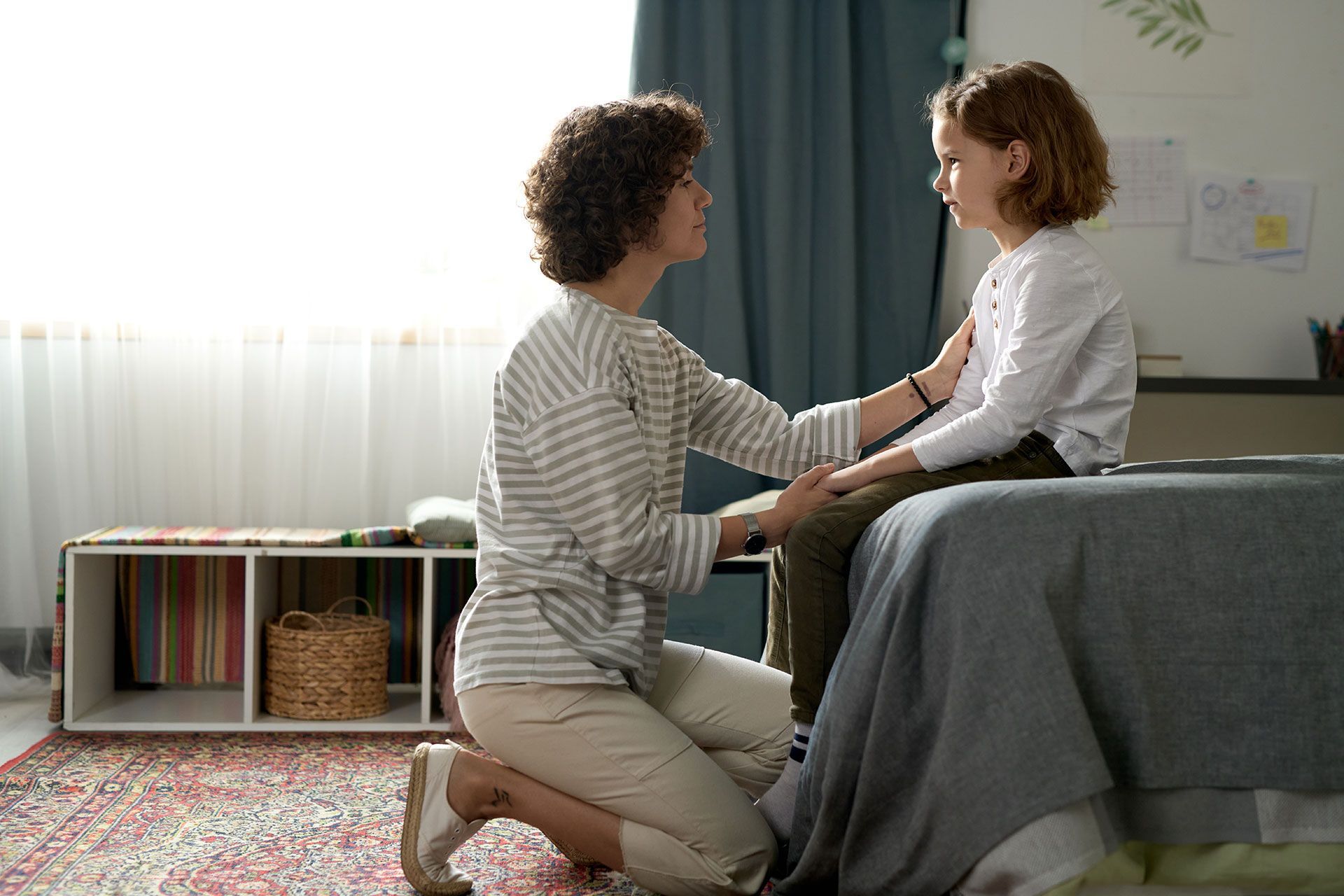July 22, 2025
It is hard to believe, but another school year is here! While exciting, the transition from relaxing summer vacation to busy back-to-school can be challenging. Read on for strategies to set your family up for success this school year. Plan ahead Before meeting the teacher, the first day of school, and any other milestones, talk with your child about what to expect. For children who have attended daycare or school before, talk about what will be the same as last year and what will be different. Help them to remember that, while many things will be different, many things will be familiar, too! When possible, tour or look at pictures of the school, classroom, teacher, and any friends that will be in the new class. 2. Listen Offer a non-judgmental space for your child to express their nerves, concerns, and hopes for these next few weeks. Try not to jump in too quickly by saying things like “don’t worry about that” or “stop it, it will be great!” While such statements come from a good place, they can feel dismissive to your child. Instead, work to validate their feelings and address their concerns together. 3. Make it fun One way to help guide your child through glass-half-empty statements such as, “I’m not going to have any friends in my class...it’s going to be the worst year ever!” is to play the “maybe game.” You could say, “That sounds really tough. I hear you – maybe that will happen...OR...maybe you will find a new friend and really like how your new teacher does things!” By validating their concerns instead of dismissing them, you offer space for both things to be true at the same time. 4. Re-frame Help your child to re-frame their worries as reflections of the care you have for each other and the trust that you will be there for them at the end of the day – no matter what. For example, if you think your little one might cry at drop off, you could say “It’s okay to cry and miss me at school after I leave. I will miss you too! That is because we love each other. I will be there to pick you up and can’t wait to hear all about your day. What toy do you think you will play with first?” 5. Empower Remember – your child is looking to you to gauge if they should be worried. Work to communicate confidence, instill bravery, and let them know that you know they can do it. If your little one thinks you are scared, they will have a much harder time pushing through. A brave parent is the most helpful way to ensure a brave child! 6. Wear your heart on your sleeve ...or your hand! One strategy to help young children with separation anxiety at drop off is to draw a heart on each of your hands. Tell your child that you can either kiss or tap your heart (or both!) during the day when you miss each other, knowing that the other person is feeling it too!






